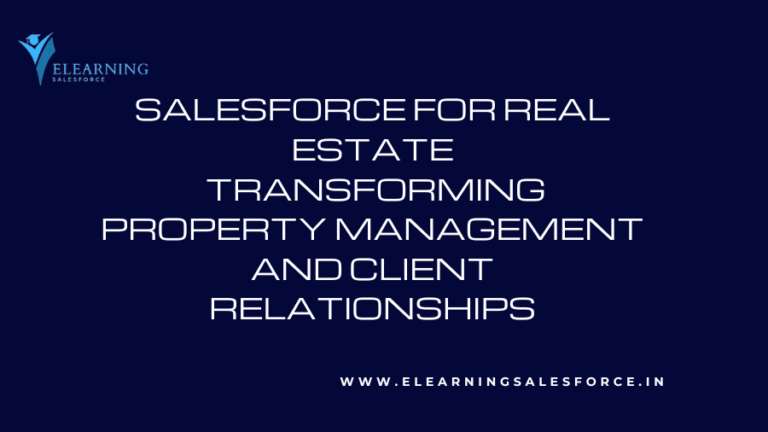Introduction: Salesforce, a pioneer in Customer Relationship Management (CRM), owes its prowess to a robust and sophisticated architecture. In this article, we embark on a journey through the layers of Salesforce Architecture, uncovering the components, design principles, and real-world applications that make it a powerhouse in the CRM landscape.
Three-Tier Architecture
At the core of Salesforce’s architectural design is the Three-Tier Architecture. The presentation layer, where users interact with the system, is seamlessly integrated with the application layer, responsible for processing logic. The data layer, housing the database, ensures efficient data storage and retrieval.
Components of Salesforce Architecture
Salesforce Architectures is composed of various components, each playing a crucial role. Apex Code, the programming language, facilitates the execution of complex business logic. Visualforce Pages provide a customizable user interface, and Metadata allows developers to modify and extend the platform’s capabilities.
Salesforce Data Model
The Salesforce Data Model is structured around objects, their relationships, and the fields within them. Understanding this model is pivotal for effective data management, ensuring the proper organization and accessibility of records. Data security and sharing rules further fortify the integrity of the system.
Governor Limits
Governor Limits in Salesforce act as guardrails, preventing resource abuse and ensuring the platform’s stability. Developers must navigate these limits, impacting aspects like data retrieval and processing, to build scalable and efficient applications.
Integration in Salesforce Architecture
Salesforce’s openness to integration is a key feature. Various API options allow seamless connectivity with external systems, fostering a unified and connected digital ecosystem.
Lightning Component Framework
The Lightning Component Framework represents a paradigm shift in user interface development. It empowers developers to create responsive and dynamic interfaces, enhancing user experiences across devices.
Event-Driven Architecture
Salesforce embraces an event-driven architectures, following the publish-subscribe model. Events play a pivotal role in facilitating communication and data flow within the platform.
Scalability and Performance Optimization
Scalability is a critical consideration in Salesforce Architectures. Designing with scalability in mind, coupled with performance optimization strategies, ensures a smooth and responsive user experience.
Security in Salesforce Architecture
Security is paramount, and Salesforce employs robust measures. Role-based access control, along with authentication and authorization mechanisms, safeguards sensitive data.
Metadata Driven Development
Metadata-driven development in Salesforce allows for unparalleled flexibility. Leveraging metadata, developers can create customizable solutions, though challenges exist in balancing this flexibility.
Use Cases and Real-world Examples
Salesforce Architectures finds applications across industries, transforming businesses. Real-world examples showcase its effectiveness in streamlining processes and enhancing customer relationships.
Challenges in Salesforce Architecture
While powerful, Salesforce Architectures presents challenges for developers. Understanding and overcoming these challenges is crucial for building robust and scalable solutions.
Future Trends in Salesforce Architecture
As technology evolves, so does Salesforce Architectures. Anticipated developments, including innovations in AI and the continuous evolution of the platform, position Salesforce at the forefront of CRM solutions.
Conclusion
In conclusion, Salesforce Architectures is a multi-layered marvel that forms the backbone of CRM solutions. From Three-Tier Architecture to event-driven models, it seamlessly integrates components for a powerful and flexible platform.
FAQs
- What is Apex Code in Salesforce Architecture?
- Apex Code is the programming language in Salesforce used for executing complex business logic and creating custom functionalities.
- How does Salesforce ensure data security?
- Salesforce ensures data security through mechanisms such as role-based access control, authentication, and authorization.
- What are Governor Limits in Salesforce?
- Governor Limits are resource usage constraints in Salesforce that prevent abuses and ensure the platform’s stability.
- Can Salesforce Architecture be customized?
- Yes, Salesforce Architecture allows customization through components like Visualforce Pages and Metadata, enabling developers to tailor solutions.
- What are some real-world applications of Salesforce Architecture?
- Salesforce Architecture is applied across industries, enhancing processes in areas like healthcare, finance, and customer relationship management.




